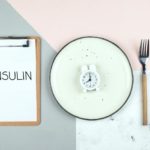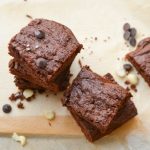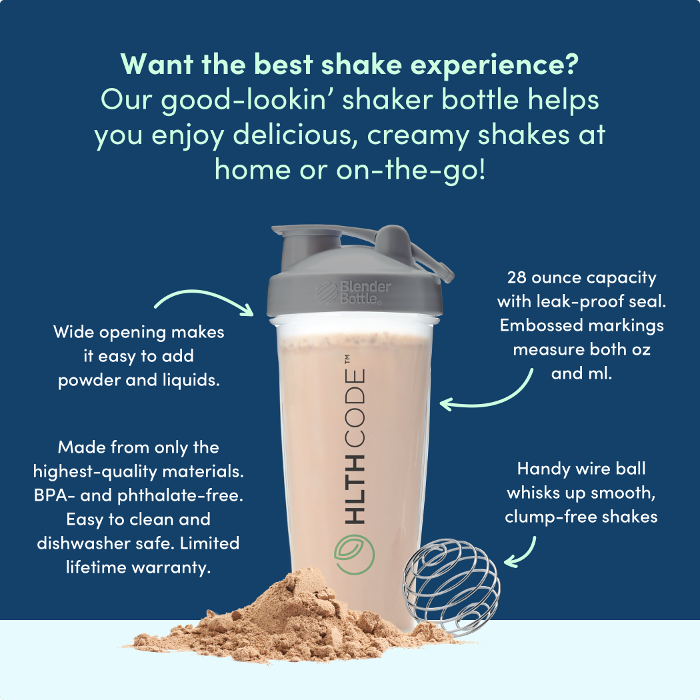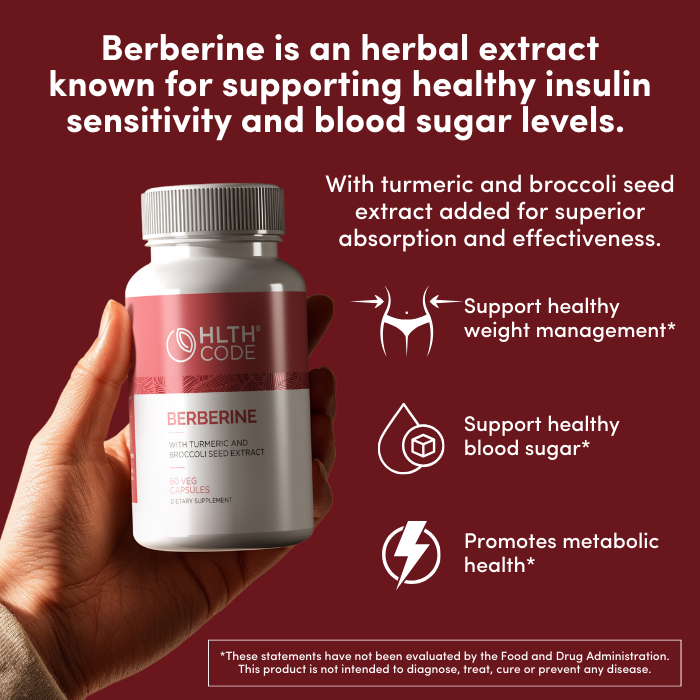Can a low-carb diet improve VO2 max?
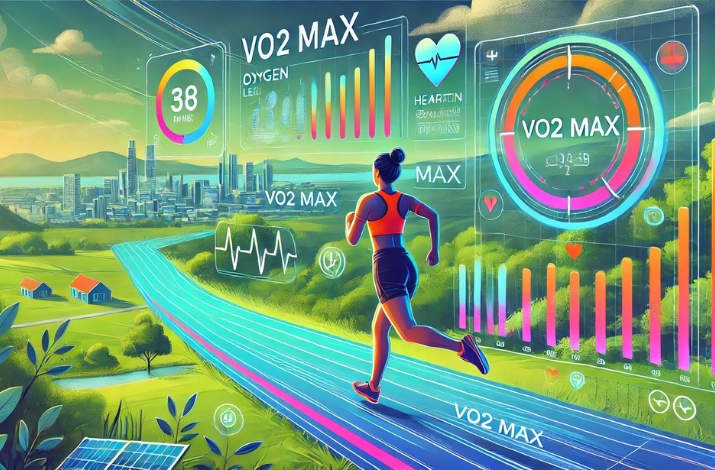
VO2 max, or maximal oxygen uptake, represents the maximum amount of oxygen that an individual can utilize during intense or maximal exercise. It is considered one of the best indicators of cardiovascular fitness and aerobic endurance. By measuring the efficiency of your cardiovascular system, VO2 max reveals how well your heart, lungs, and muscles work together to sustain aerobic exercise. Understanding and improving VO2 max is not only crucial for athletes and fitness enthusiasts, it’s also essential for individuals concerned with general health, especially as it is associated with long-term health outcomes like cardiovascular disease, metabolic syndrome, and longevity.
What is VO2 Max?
VO2 max is the maximum volume (V) of oxygen (O2) that your body can consume during exercise, measured in milliliters per minute per kilogram of body weight (ml/kg/min). It reflects the body’s capacity to transport and utilize oxygen, a crucial component for generating aerobic energy (ATP) via cellular respiration.
At the physiological level, VO2 max is determined by:
- Cardiac output – the heart’s ability to pump oxygen-rich blood to muscles.
- Oxygen extraction – the muscles’ ability to extract and use the oxygen delivered.
A higher VO2 max indicates superior cardiovascular function and endurance, meaning the body can perform at higher intensities before fatigue sets in.
How is VO2 Max Measured?
VO2 max is typically measured in a laboratory setting using a treadmill or cycle ergometer test where the intensity of exercise is progressively increased while oxygen consumption is tracked using a metabolic cart. As exercise continues, oxygen uptake will rise until it plateaus, indicating the subject’s VO2 max.
While lab tests are the most accurate, there are also estimates of VO2 max from performance metrics, such as heart rate, speed, and distance, which can be calculated using various fitness apps and devices.
Why is VO2 Max Important?
VO2 max is a key determinant of athletic performance, particularly in endurance sports like running, cycling, and swimming. However, its relevance extends beyond elite athletes. Here are some of the major reasons VO2 max is important:
- Cardiovascular Health: VO2 max is strongly correlated with heart health. Individuals with higher VO2 max levels are less likely to develop heart disease. Studies show that low VO2 max is associated with increased risks of cardiovascular events and mortality. One study found that individuals in the lowest 20% of VO2 max had a mortality rate 3-5 times higher than those in the highest 20%.1
- Metabolic Health: A higher VO2 max is linked to improved metabolic markers such as insulin sensitivity, better lipid profiles, and lower levels of inflammation, all of which are critical for preventing metabolic syndrome and type 2 diabetes.
- Longevity: VO2 max is one of the strongest predictors of longevity. Research shows that improving aerobic fitness can significantly reduce the risk of premature death. A study from the Cooper Institute found that a 1 MET (metabolic equivalent) increase in VO2 max was associated with a 13% reduction in the risk of all-cause mortality.2
- Functional Capacity: A higher VO2 max allows you to perform everyday tasks with greater ease and efficiency. This is particularly important as we age, as a decline in VO2 max is linked with reduced functional independence and quality of life.
How to Improve VO2 Max
Improving VO2 max requires a combination of targeted exercise interventions and nutritional strategies. Below are some scientifically-backed methods to enhance VO2 max:
- High-Intensity Interval Training (HIIT)
HIIT is one of the most effective methods to increase VO2 max. HIIT involves alternating short bursts of intense activity with periods of lower-intensity recovery. The high-intensity phases push the cardiovascular system to its limit, stimulating adaptations in heart function, oxygen delivery, and mitochondrial efficiency.
A meta-analysis of 28 studies found that HIIT improved VO2 max more effectively than moderate-intensity continuous training (MICT). Participants who performed HIIT experienced a 9.1% increase in VO2 max, compared to a 5.6% increase with MICT.3
- Continuous Endurance Training
While HIIT is highly effective, continuous endurance training at moderate intensities also improves VO2 max, particularly for beginners. Long, steady-state cardio workouts such as running, cycling, or swimming for 30-60 minutes at 60-80% of your maximum heart rate can gradually improve oxygen utilization.
For those new to exercise or returning after a break, starting with endurance training before progressing to HIIT can be an effective approach.
- Strength Training
Resistance training is often overlooked in discussions about aerobic fitness, but it can indirectly support VO2 max by improving muscle efficiency and the body’s ability to perform longer and more intense workouts. Research shows that combining strength training with aerobic exercise can lead to greater improvements in VO2 max compared to aerobic exercise alone.4
- Altitude Training
Training at high altitudes can stimulate adaptations that improve VO2 max, as the body compensates for lower oxygen availability by increasing red blood cell production and oxygen transport capacity. Athletes often use altitude training to boost performance, but it’s impractical for most individuals.
Alternatively, altitude simulation devices and masks can mimic the effects of high-altitude training by restricting oxygen intake, though their efficacy is debated in scientific literature.
The Role of a Low-Carb Diet in Improving VO2 Max
The type of fuel your body uses can significantly impact VO2 max and overall endurance performance. Traditionally, high-carbohydrate diets have been recommended for athletes, as carbs are a primary source of energy for high-intensity exercise. However, growing research suggests that low-carbohydrate, high-fat (LCHF) diets, including ketogenic diets, may also enhance VO2 max and aerobic capacity, particularly for endurance activities.
Mechanisms by Which a Low-Carb Diet May Enhance VO2 Max
- Fat Adaptation: On a low-carb diet, the body shifts from using carbohydrates (glycogen) as its primary fuel source to using fat (ketones). This metabolic adaptation allows the body to tap into its fat stores for energy, which can be advantageous during prolonged exercise. Studies suggest that fat-adapted athletes can maintain endurance performance while relying less on glycogen stores, delaying fatigue.5
- Improved Mitochondrial Efficiency: Fat oxidation during exercise is linked to increased mitochondrial biogenesis and efficiency. The mitochondria, the powerhouse of the cell, play a critical role in generating energy through aerobic respiration. Research has shown that ketogenic diets can increase mitochondrial density and function, leading to improved aerobic capacity.6
- Glycogen Sparing: On a low-carb diet, the body becomes more efficient at using fat for fuel, which helps to preserve glycogen stores for when they are most needed—during bursts of high-intensity activity. This “glycogen sparing” effect can help sustain exercise for longer periods.
- Reduced Oxidative Stress: Ketogenic diets have been shown to reduce oxidative stress and inflammation, which can improve recovery and performance. This is particularly relevant for endurance athletes, where oxidative damage from prolonged exercise can impair recovery and performance.7
Scientific Evidence Supporting Low-Carb Diets for VO2 Max
Several studies support the idea that low-carb diets can improve aerobic performance and VO2 max:
- A study published in the Journal of Sports Science & Medicine compared elite endurance athletes on a ketogenic diet with those on a high-carbohydrate diet. The researchers found that while both groups maintained similar VO2 max levels, the ketogenic group showed a higher reliance on fat as fuel, suggesting increased efficiency in oxygen utilization.8
- Another study published in Metabolism demonstrated that a ketogenic diet significantly increased VO2 max in overweight individuals after just six weeks of dietary intervention. The participants also showed improvements in fat oxidation rates and exercise endurance.9
Conclusion
VO2 max is a powerful indicator of cardiovascular fitness, metabolic health, and longevity. Improving VO2 max can be achieved through targeted exercise strategies like high-intensity interval training, endurance training, and strength training. Additionally, a low-carb, high-fat diet may provide unique benefits for VO2 max by enhancing fat metabolism, improving mitochondrial efficiency, and reducing oxidative stress. Incorporating both training and dietary strategies can lead to significant improvements in aerobic capacity and overall health.
References
- Blair, S. N., Kohl, H. W., & Paffenbarger, R. S. (1996). Physical fitness and all-cause mortality: A prospective study of healthy men and women. JAMA, 276(3), 205-210. doi:10.1001/jama.1996.03540030039029.
- Kokkinos, P., Myers, J. (2010). Exercise and physical activity: Clinical outcomes and applications. Circulation, 122(16), 1637–1648. doi:10.1161/CIRCULATIONAHA.110.948349.
- Milanović, Z., Sporiš, G., & Weston, M. (2015). Effectiveness of High-Intensity Interval Training (HIIT) and Continuous Endurance Training for VO2max Improvements: A Systematic Review and Meta-Analysis. Sports Medicine, 45(10), 1469-1481. doi:10.1007/s40279-015-0365-0.
- Ferketich, A. K., Kirby, T. E., & Alway, S. E. (1998). Cardiovascular and muscular adaptations to combined endurance and strength training in elderly women. Acta Physiologica Scandinavica, 164(3), 259–267. doi:10.1046/j.1365-201X.1998.00418.x.
- Phinney, S. D., & Volek, J. S. (2011). The art and science of low carbohydrate performance. Beyond Obesity LLC.
- Volek, J. S., & Phinney, S. D. (2012). Ketogenic diets and physical performance. Nutrition & Metabolism, 9(1), 1-17. doi:10.1186/1743-7075-9-1.
- Volek, J. S., et al. (2015). Influence of a low-carbohydrate diet on markers of endurance performance and blood lipids. Journal of the American College of Nutrition, 34(4), 311-324. doi:10.1080/07315724.2014.976847.
- Zajac, A., Poprzecki, S., Maszczyk, A., Czuba, M., Michalczyk, M., & Zydek, G. (2014). The effects of a ketogenic diet on exercise metabolism and physical performance in off-road cyclists. Journal of Sports Science & Medicine, 13(2), 381–389.
- Rhyu, H. S., & Cho, S. Y. (2014). The effect of weight loss by ketogenic diet on the body composition, performance-related physical fitness factors, and cytokines of Taekwondo athletes. Journal of Exercise Rehabilitation, 10(5), 326–331.
This article is for informational and educational purposes only. It is not, nor is it intended to be substitute for professional medical advice, diagnosis, or treatment and should never be relied upon for specific medical advice.



